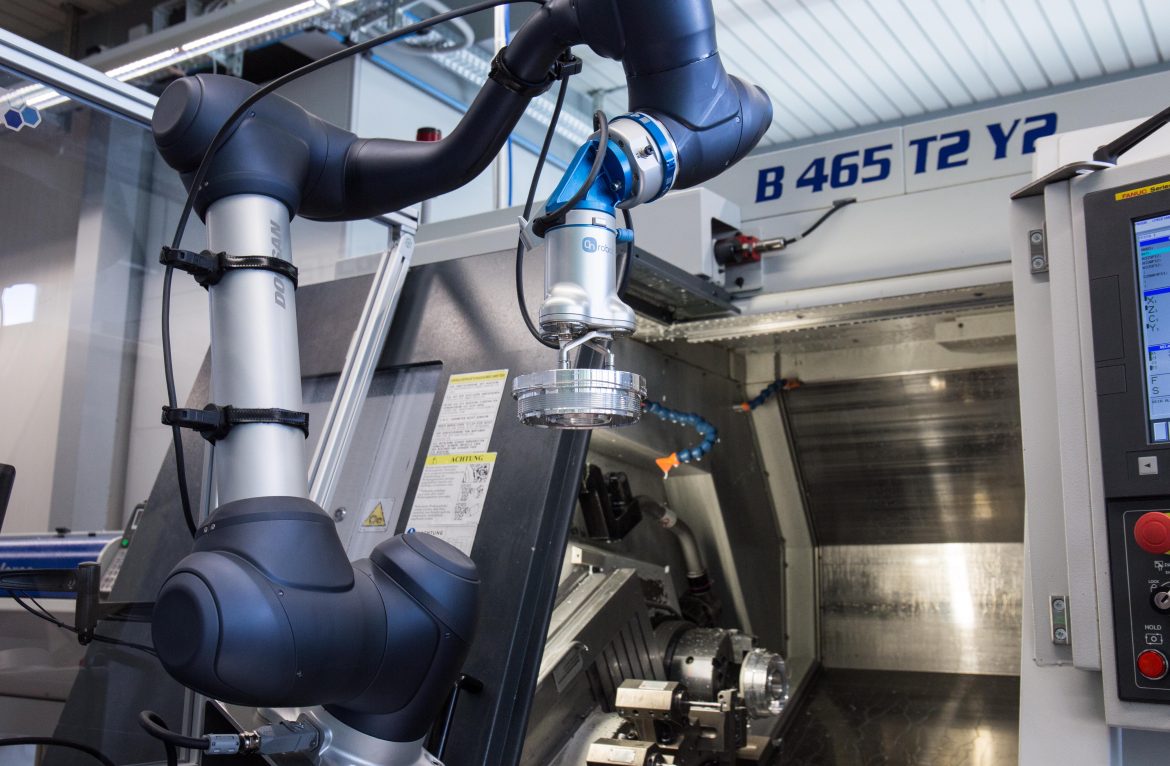According to a recent report by ResearchAndMarkets.com, the global robot end effector market is expected to see significant growth in the coming years. The market is expected to increase from USD 2.3 billion in 2023 to USD 4.3 billion by 2028, registering a Compound Annual Growth Rate (CAGR) of 13.5%.
The report cites a variety of factors that are driving this growth, including rising demand for modular end effectors, a surge in collaborative robot adoption, and increased penetration of automation in small and medium-sized enterprises (SMEs). Additionally, the report highlights growing adoption in industries such as warehousing, pharmaceuticals, and food & beverage.
The report notes that grippers accounted for the largest share of the robot end-effector market in 2022. This is due to the growing popularity of electric grippers, collaborative grippers, soft grippers, and customized grippers. The market for grippers is largely driven by their handling application in a wide range of workpieces considering their various shapes and sizes.
The use of 3D printing technology, such as fused deposition modeling (FDM) 3D printing, and their increasing applications in healthcare industries also contribute to their popularity. Furthermore, the increasing application of soft grippers and vacuum grippers in the pharmaceutical & food industry is expected to present several growth opportunities to players operating in the gripper segment.
The report also highlights traditional industrial robots as accounting for the largest share of the robot end-effector market in 2022. These robots are developed with speed and accuracy in mind and are generally built to carry high payloads and perform a single task continuously. The adoption of traditional industrial robots for heavy-duty applications in the automotive, electrical & electronics, and metal & machinery industries has increased their sales.
The Asia-Pacific region is expected to account for the largest market size in 2022. This growth can be attributed to investment in automation by automotive and electrical & electronics companies, particularly in countries such as China, South Korea, and India. The aging population in China and Japan has resulted in rising labor costs, leading to the growing adoption of automation. This region is considered a major manufacturing hub in the world, which is expected to provide ample growth opportunities to the end effector market.
In conclusion, the report suggests that the global robot end effector market is poised for significant growth in the coming years due to a variety of factors such as rising demand for modular end effectors, increased automation in SMEs, and growing adoption in industries such as warehousing, pharmaceuticals, and food & beverage.

